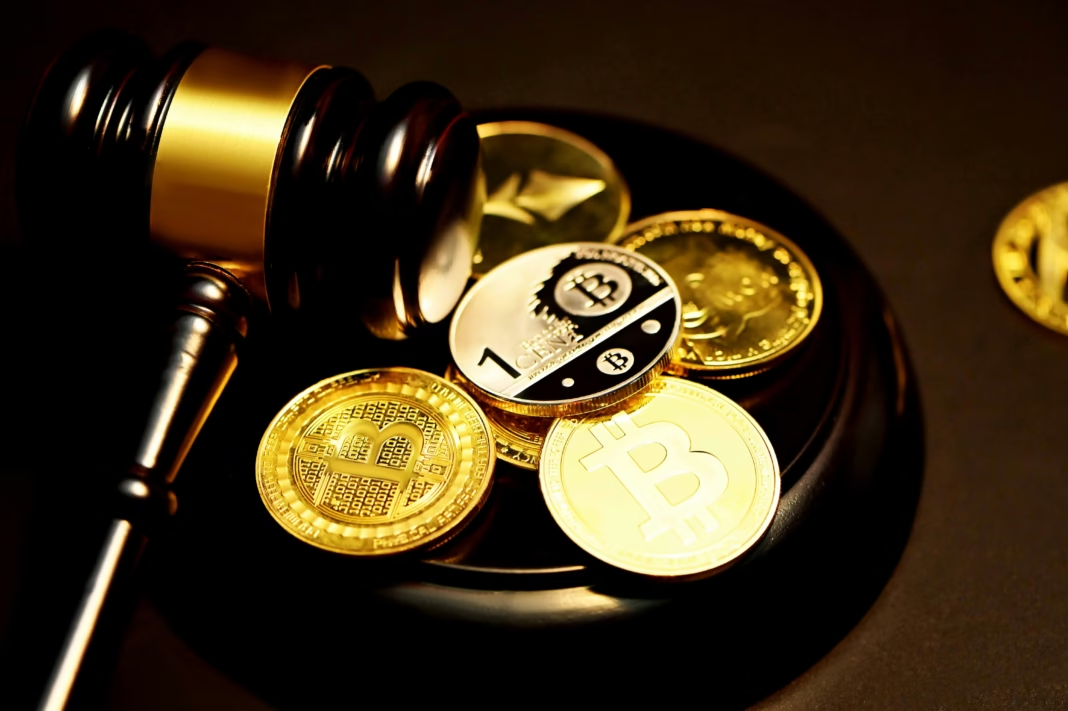Ethereum is showing renewed signs of life, with analysts increasingly confident in a rally toward $5,000 later this year. The combination of robust ETF inflows, whale accumulation, and strengthening on-chain metrics such as MVRV and SOPR are converging to fuel optimism around Ether’s upside potential.
A key catalyst behind the push is the strong and sustained inflows into Ethereum-based investment products. In the past week alone, $226.4 million flowed into such products globally, per CoinShares—marking 8 consecutive weeks of demand and reflecting an average weekly inflow rate of 1.6% relative to assets under management. By comparison, Bitcoin saw just 0.8% weekly inflows during the same period.
U.S. spot ETH ETFs are leading the charge. BlackRock’s ETHA, for instance, netted a staggering 61,000 ETH (~$148.5 million) in a single Thursday, part of a broader two-week total of approximately $510 million . This stream of institutional capital is not turning off—if anything, it’s gaining momentum as confidence in ETH as a high-conviction asset grows.
CoinShares’ inflow narrative is mirrored in on-chain data: Ethereum’s supply on exchanges has shrunk to a near eight-year low—about 13.5% of total supply, a level unseen since 2016. At the same time, whale wallets holding at least 100,000 ETH have quietly stacked more, rising from 18.1 million to 18.8 million ETH since late May.
This accumulation by mega whales—up 9.31% since October 2024—is more aggressive than the build-up seen ahead of Ethereum’s 95% rally in 2022. Historically, pronounced whale accumulation precedes significant bull cycles. Clearly, these deep-pocketed participants are purchasing with conviction, and holding onto their positions even as retail investors pivot.
Ethereum’s internal metrics further signal an enduring uptrend:
- SOPR (Spent Output Profit Ratio) currently hovers at 1.01—indicating that most ETH holders are in profit and not rushing to sell.
- MVRV (Market Value to Realized Value) bands place ETH below overbought territory; upward deviation toward the upper bands—spanning $4,000–$5,000—suggests room for price appreciation.
- V-shaped recovery from the $1,400 low in April to ~$2,800 supports bullish structure.
Collectively, these metrics imply structural strength—wealth accumulation by long-term holders, restrained selling by profit-taking investors, and improved risk-reward dynamics.
Chart patterns are lining up to reinforce the bullish narrative. A bull pennant has formed following the breakout above $3,600; a decisive move toward $3,700–$3,800 could confirm continuation into the $4,000+ territory.
Another compelling setup is the “Power of 3” pattern—Accumulation, Manipulation, Distribution—which outlines a structured shift into a bullish phase. ETH already passed the accumulation and manipulation stages and appears to be entering distribution, a path culminating in a measured 100% rally toward $5,000.
And with institutional inflows, strong whale holdings, and improving on-chain momentum, analysts suggest that Ethereum is on track to reclaim long-term price highs ahead of year-end.
That said, several caution points remain:
- $2,800 resistance—ETH has struggled to break past this range; a clean move above it would be critical to target the next level.
- Exchange supply and distribution trends—a reversal in whale accumulation or uptick in exchange inflows could signal a shift in sentiment.
- Macro headwinds—crypto remains sensitive to broader markets; global macro risks could weigh on sentiment regardless of Ethereum-specific strength.
Ethereum’s resurgence toward $5,000 is backed by more than hype—it’s rooted in converging catalysts: institutional capital inflows, whale accumulation, and strong on‑chain signals. Coupled with favorable technical patterns like the bull pennant and Power-of-3, the stage is set for a potential breakout.
Still, challenges remain: $2,800-zone resistance, macro variables, and distribution dynamics could temper gains in the short term. That said, the current setup presents a rare alignment—if ETH clears its near-term hurdles, $5,000 could be less aspirational and more actionable.
